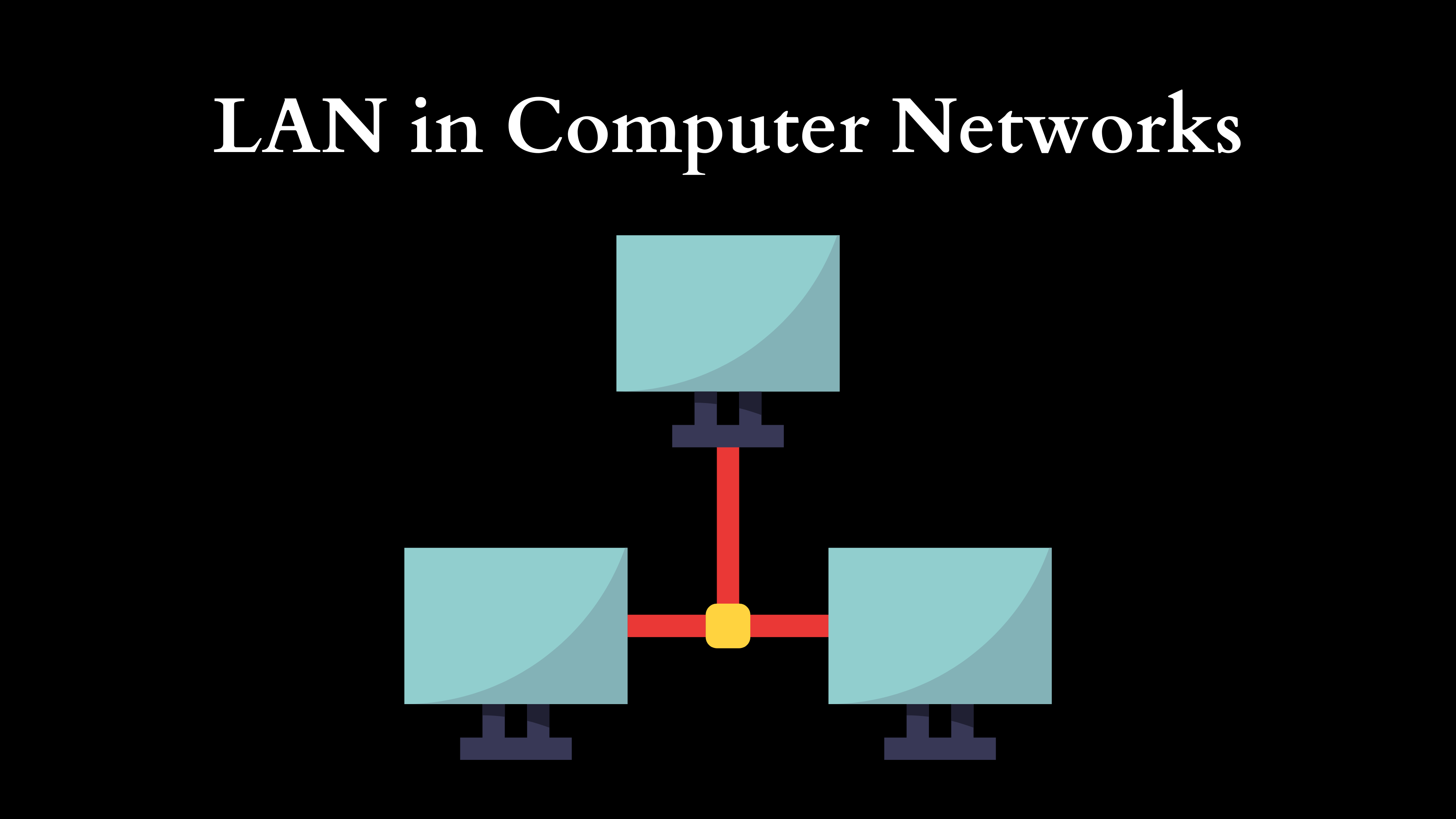Understanding Local Area Networks (LANs) in Computer Networks
In today’s digitally interconnected world, the foundational infrastructure that supports communication and data transfer has become increasingly complex yet essential. At the heart of this infrastructure lies the Local Area Network (LAN), a pivotal element of computer networking that plays a critical role in various environments, from small businesses to large enterprises. This blog post aims to explore the architecture, functionality, advantages, and evolving landscape of LANs, elucidating their significance in the sphere of computer networks.

What is a Local Area Network (LAN)?
A Local Area Network (LAN) is defined as a network that interconnects devices within a limited geographical area, such as a single building, campus, or a series of adjacent structures. Typically, LANs are characterized by high data transfer rates, low latency, and minimal propagation delay. These networks are employed to facilitate resource sharing, enhance communication, and optimize productivity among connected devices, which may include computers, printers, servers, and other but not limited to IoT (Internet of Things) devices.
Architecture of a LAN
The architecture of a Local Area Network is primarily comprised of multiple components, each serving a specific purpose within the network:
- Devices: This includes end-user devices such as PCs, laptops, tablets, and mobile devices that connect to the LAN. Additionally, it encompasses peripherals like printers and network-attached storage (NAS) devices.
- Networking Hardware: Essential hardware components of a LAN include:
- Switches: These are used to connect multiple devices within the LAN, managing data packets between them by making intelligent decisions based on MAC addresses.
- Routers: While switches facilitate communication within the network, routers connect the LAN to external networks, including the internet. They route data packets between different networks and serve as traffic managers.
- Access Points (APs): For wireless LANs (WLANs), access points enable wireless devices to connect to the network. They act as a bridge between wired and wireless devices, extending connectivity within a specific area.
- Cabling and Wireless Technologies: LANs can be wired, wireless, or a combination of both. Wired LANs typically use Ethernet cables (e.g., Cat5e, Cat6) to connect devices, while wireless LANs utilize Wi-Fi technology (IEEE 802.11 standards) to provide connectivity without physical cables.
- Network Interface Cards (NICs): Each device connected to a LAN must possess a NIC, which facilitates communication over the network. NICs can be wired or wireless, depending on the type of connection.
How LANs Operate
LANs operate using a variety of protocols and standards that govern data transfer and network management. Ethernet is the most widely used protocol for wired LANs, while Wi-Fi (802.11) standards underpin wireless connections.
When a device wants to communicate with another device over a LAN, it sends data packets through the network. Ethernet operates on a frame-based architecture where each frame contains header information, including the source and destination MAC addresses, which allows switches to forward the frames to the correct destination. In the case of wireless networks, the transmission occurs via radio waves, with devices needing to authenticate and connect to an access point before data transmission can commence.
Advantages of LANs
The implementation of a Local Area Network yields numerous benefits:
- Resource Sharing: LANs facilitate the sharing of resources, such as printers, scanners, and storage devices, significantly reducing operational costs and promoting efficiency.
- High-Speed Connectivity: LANs typically offer high data transfer rates, often hundreds of Mbps or more, compared to wider area networks (WANs), making them ideal for applications that require quick data transmission such as video conferencing and local file sharing.
- Low Cost of Setup and Maintenance: Setting up a LAN is generally more cost-effective than implementing larger-scale networks. Moreover, the maintenance of a local network is simplified due to its confined geography.
- Enhanced Communication: LANs provide easy communication channels through email, chat applications, and collaborative tools, thereby enhancing productivity among users.
- Security and Control: Organizations can implement various security measures such as firewalls, intrusion detection systems, and access controls to safeguard their networks, enabling centralized management of user access and data integrity.
- Scalability: Local Area Networks can be easily expanded by adding additional devices with minimal disruption. This flexibility is crucial for businesses that may grow or change their operational needs over time.
Challenges and Considerations
Despite their many advantages, LANs also face a few challenges:
- Physical Limitations: The geographical limitations of a LAN can inhibit connectivity for remote users or additional locations. Organizations needing access beyond a local area may require more extensive networking solutions such as WANs.
- Network Congestion: As more devices join a LAN, there is the potential for network congestion, leading to slower performance. Proper network management and configuration are essential for ensuring optimal performance.
- Security Vulnerabilities: While LANs can be made secure through appropriate configurations, they are still vulnerable to potential threats such as unauthorized access or data breaches if security measures are inadequate.
- Dependent on Infrastructure: The functioning of a LAN is highly dependent on its underlying infrastructure. Downtime due to hardware failure, cable outages, or power disruptions can adversely affect accessibility and operational continuity.
The Future of LANs
The evolution of technology has ushered in innovations that shape the future of Local Area Networks. The rise of IoT devices necessitates network architectures that can support increased device connectivity and traffic, making scalability and management more essential than ever. Moreover, advancements in wireless technologies, such as Wi-Fi 6 (802.11ax), are poised to provide improved performance, allowing for greater device density and reduced latency.
As organizations become more reliant on cloud computing and remote work, the integration of LANs with wide area networks and virtual private networks (VPNs) will continue to grow. This convergence enables the seamless use of both on-premises and cloud resources, empowering users to access data and services from virtually anywhere.
Conclusion
Local Area Networks (LANs) are an indispensable component of modern computer networks that facilitate efficient data transfer, resource sharing, and communication within confined geographical boundaries. While they present various advantages—ranging from enhanced productivity to cost-effectiveness—organizations must also address inherent challenges through robust network management and security practices. As technology advances, LANs will continue to adapt, fostering the capabilities of both businesses and individuals in an increasingly connected world.
Understanding and leveraging the potential of LANs will remain crucial for organizations seeking to optimize their operations and stay ahead in this rapidly evolving digital landscape. Whether through wired connections or the latest wireless innovations, the role of LANs in computer networking is one that cannot be understated.
Shop Now






